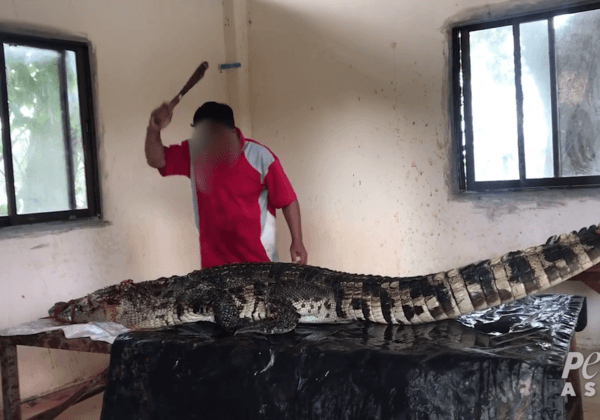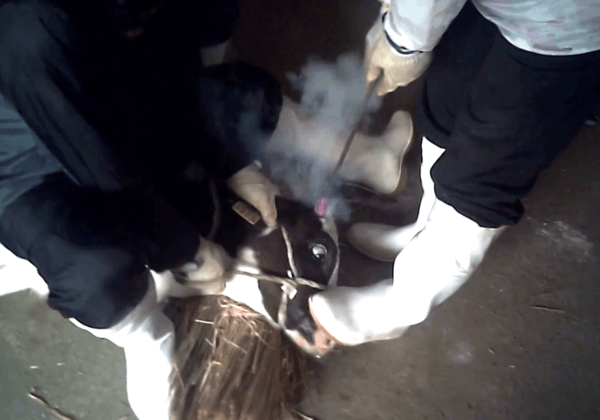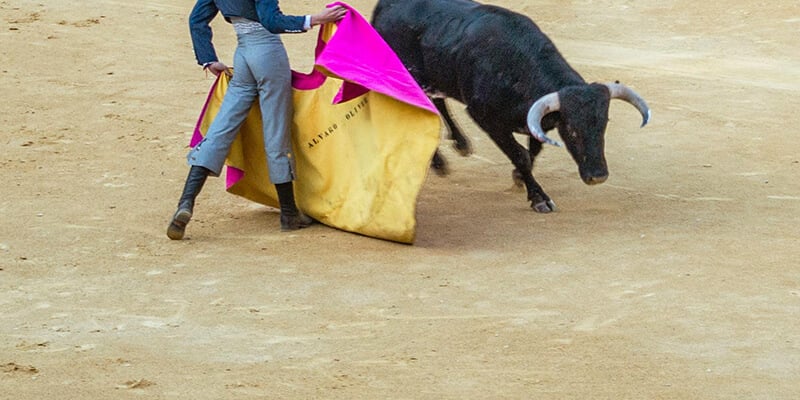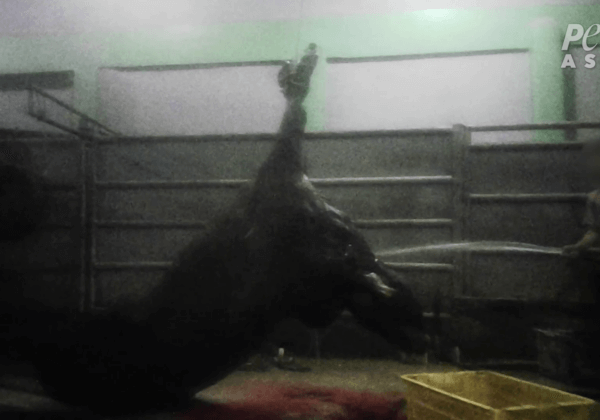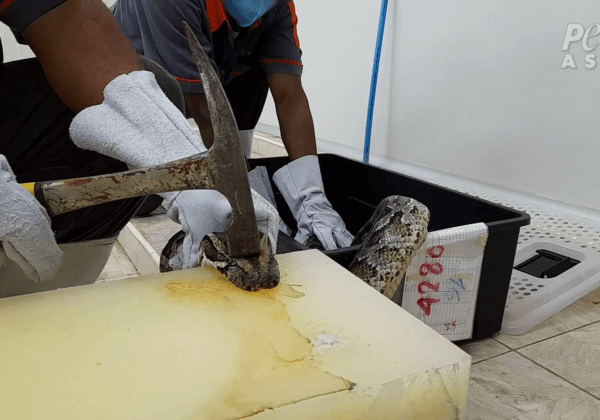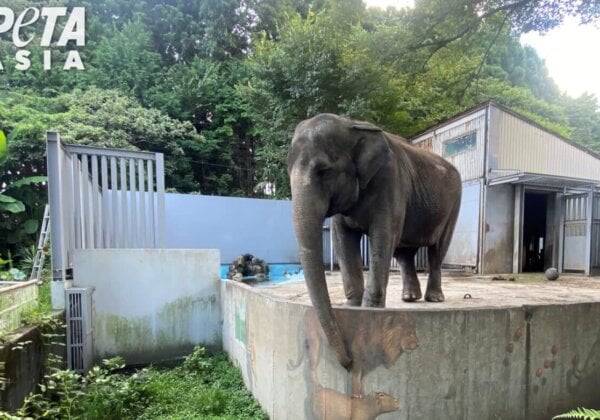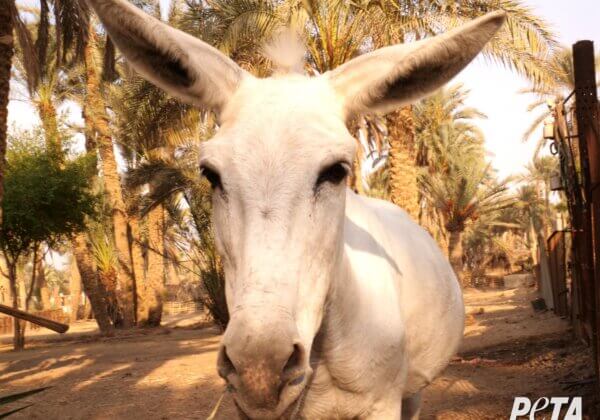Oslob’s Big Catch

The Philippines is a tropical country with 7,107 islands. It is blessed with lush vegetation, diverse fauna, long stretches of beach, and many different landforms. Tourism, even more than the country’s natural resources, contributes greatly to the economy of the Philippines, which is listed as one of the mega-diverse countries of the world.
Every year, tourists flock to the Philippines to visit its top destinations—and, more recently, to visit the several wildlife attractions that are unique to the country, such as the whale-shark watching in Donsol, Sorsogon, and Oslob, Cebu.
Seeing a whale shark—or “butanding,” as they’re called locally—is not a guarantee in Donsol, but it’s not the same for Oslob, where the butandings are hand-fed. The guides say that when in Oslob, one is always sure to see at least two butandings.
I’m a nature lover, and in October 2011, I made the mistake of visiting Oslob to see the butandings with my family. Locals pay only P500 to snorkel with these marvelous animals, while foreigners pay P1,000. There were rules to be followed, just as there are in Donsol. Everyone had to undergo a brief orientation that explained the rules on interacting with the animals: Feeding and touching the butandings is not allowed, and wearing sunscreen, using a camera with a flash, and throwing anything into the water were also prohibited. However, the prohibition on feeding the butandings is not followed.

Even before we arrived at the site, butandings could already be seen floating near the surface of the water, waiting for food. This is not the way they feed in nature. In the wild, butandings usually hunt for marine microorganisms like plankton, small fish, and occasionally small crustaceans. The butandings have a unique way of feeding. They’re filter feeders, who gulp down a large amount of water, expel the water through their gills, and retain the microorganisms.
When we arrived, our guide cued us to jump into the water. Our boat was stationed near three boats, with fishers feeding the butandings. It was the perfect spot to see the butandings up close.
But the trip that I thought was going to be fun wasn’t fun for the animals. While it was a great opportunity to see these fantastic beings in real life, I couldn’t help but think of the ill effects of this kind of tourism.
Hand-feeding the butandings in order to attract tourists disrupts the sharks’ natural hunting and migratory patterns. Butandings must migrate to feed and breed. Moreover, it is not natural or healthy for the butandings to swim in shallow and warmer waters than they usually do. Butandings usually hunt at night, when krill are swarming at the ocean’s surface. Being used to an environment in which they’re in close contact with humans will eventually harm the entire butanding population. There have been reports from concerned environmentalists that some butandings have even sustained injuries when they accidentally collided with paddles, propellers, and boats.
Many people still advocate and participate in this type of tourism. What’s even worse is that the government lets this activity continue for the town’s economic purposes, despite the apparent negative effects that this tourism has on the environment.
We should never make money at an animal’s expense. Show compassion for animals by refraining from visiting wildlife attractions that disrupt the balance of nature and harm animals.
Posted by former intern Katrina Pontanar

